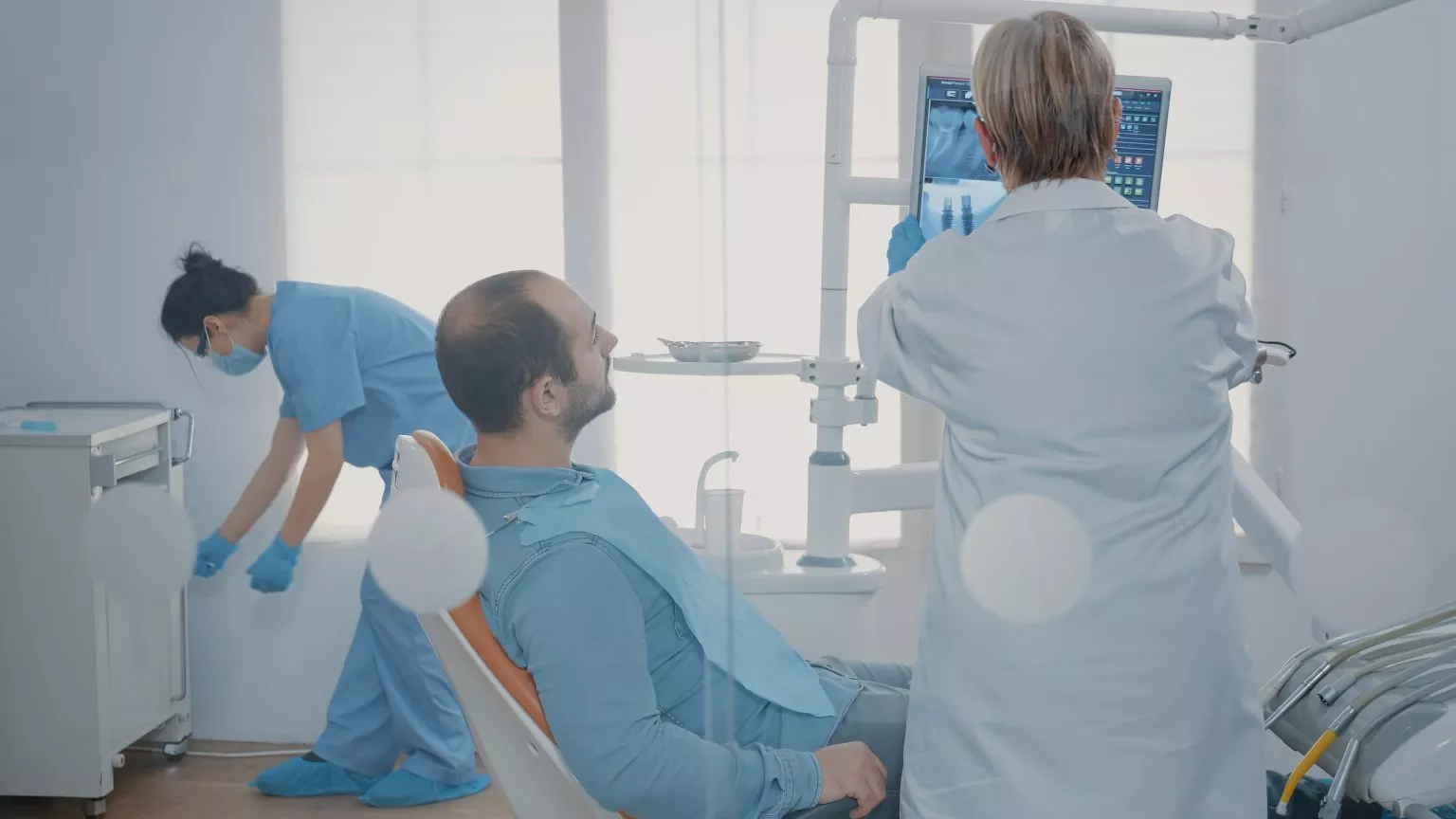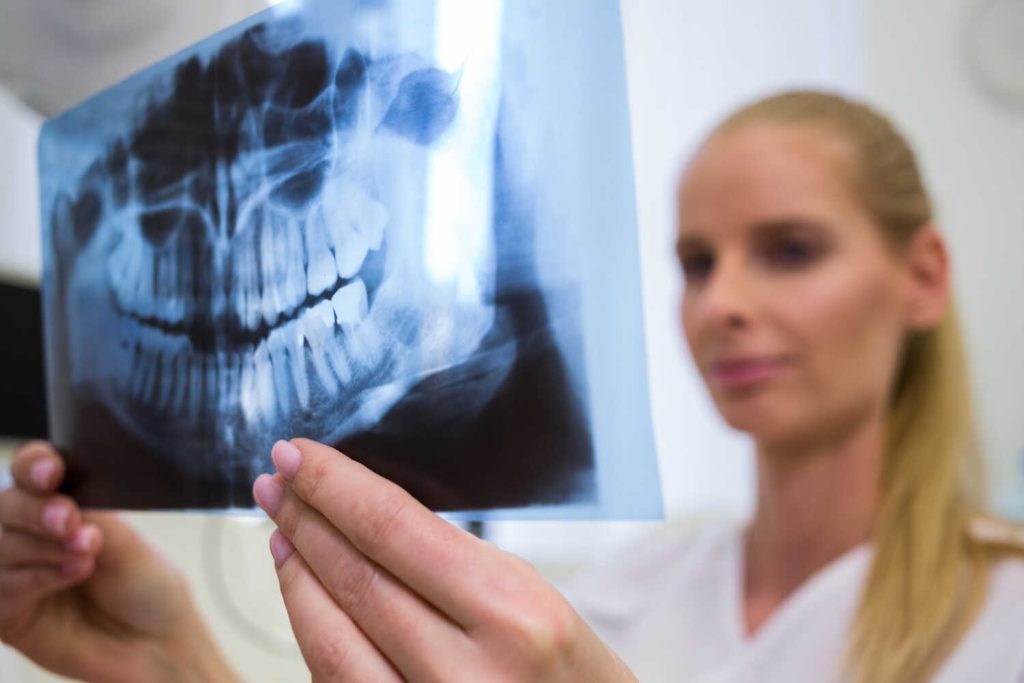
Removing Your Wisdom Teeth
Wisdom teeth, also known as third molars, usually appear in people in their late teens or early twenties. While some are fortunate enough to have sufficient space in their mouths for these teeth, others may experience discomfort, pain, and even infection as their wisdom teeth emerge. In such cases, a wisdom tooth extraction may become necessary. Although removing one’s wisdom teeth can be daunting due to the associated pain and discomfort, proper preparation and care can make the procedure virtually painless. This blog post aims to offer you pain-free advice on how to go about getting your wisdom teeth extracted.
Wisdom tooth extraction: What is it?
Wisdom tooth extraction is the recommended surgical procedure for removing one or more wisdom teeth. The complexity of the treatment depends on the tooth’s location and the extent of impaction, which can range from simple to more challenging. Some patients may need only one or two extractions, while others may require all four wisdom teeth to be removed simultaneously.
To ensure a comfortable and pain-free experience, it is crucial to be adequately prepared before the procedure.
Getting Ready for Wisdom Teeth Removal
Preparing for wisdom teeth removal is essential to ensure a smooth and comfortable experience. Patients should start by discussing the procedure with their dentist or oral surgeon, who can provide them with all the necessary information and instructions. This includes preoperative measures such as fasting, arranging transportation to and from the appointment, and ensuring a comfortable and safe recovery space at home. Patients should also inform their dentist or oral surgeon of any medical conditions, allergies, or medications they are taking, as this can impact the procedure and recovery. Patients can help ensure a successful and comfortable wisdom teeth removal experience by taking these necessary steps.
Recommendations to follow for a smooth and comfortable experience:
Preoperative Instructions
Following the preoperative instructions provided by the dentist or oral surgeon is crucial to ensure a smooth and comfortable experience. This may include fasting before the procedure, arranging transportation to and from the appointment, and preparing a comfortable recovery space at home
Communicate with the Dentist or Oral Surgeon
Open communication with the dentist or oral surgeon is vital to ensure they have all the necessary information to customize the procedure to the patient’s needs. Patients should inform their dentist or oral surgeon of any medical conditions, allergies, or medications they are taking, as this can impact the procedure and recovery.
Postoperative Care
Following the postoperative care instructions is essential for a comfortable and speedy recovery. This may include taking prescribed medications, using ice packs to reduce swelling, and avoiding certain foods and activities.
Rest and Recovery
Giving the body adequate rest and recovery time is essential for a smooth and comfortable experience. Patients should avoid strenuous activities and get plenty of rest to allow their bodies to heal properly.
Wisdom Tooth Extraction Procedure
Anesthesia Administration
Before beginning the procedure, the dentist or oral surgeon will administer anesthesia to ensure the patient is comfortable and pain-free during the extraction. Depending on the complexity of the procedure and the patient’s preference, this may include local anesthesia, sedation, or general anesthesia.
Incision and Tooth Removal
Once the anesthesia has taken effect, the dentist or oral surgeon will make an incision in the gum tissue and remove any bone blocking the tooth’s root. They will then gently wiggle the tooth back and forth to loosen it from the jawbone and remove it using specialized tools.
Closure and Recovery
After removing the tooth, the dentist or oral surgeon will clean the extraction site and place stitches, if necessary, to help the area heal properly. The recovery time will vary depending on the complexity of the procedure and the patient’s healing process. The patient will be given instructions for postoperative care, including taking prescribed medications, using ice packs to reduce swelling, and avoiding certain foods and activities.
Post-Wisdom Tooth Extraction: Dos and Don’ts
Having your wisdom tooth extracted can be a painful and uncomfortable experience, but properly caring for your wound after the procedure can help speed up the healing process. Here are some dos and don’ts to keep in mind after a wisdom tooth extraction:
When Can You Eat After Tooth Extraction?
After tooth extraction, it’s essential to stick to soft foods that are easy to chew and won’t irritate your gums. Avoid spicy or acidic foods that can cause discomfort, and don’t use straws, which can dislodge the blood clot and delay healing. You can gradually introduce solid foods into your diet as your mouth feels better.
When to Stop Using Gauze After Tooth Extraction?
Your dentist will provide you with gauze to bite down on after your wisdom tooth extraction to help stop the bleeding. Changing the gauze every 30-45 minutes or as needed until the bleeding stops. Once the bleeding has stopped, you can stop using the gauze.
When Can You Drink Carbonated Drinks After Tooth Extraction?
You should avoid carbonated drinks for the first few days after tooth extraction. The carbonation can irritate your gums and delay healing. Instead, drink plenty of water to stay hydrated and help flush out debris from the extraction site.
When Can I Vape After Tooth Extraction?
Smoking or vaping after tooth extraction can delay healing and increase your risk of developing dry sockets. It’s best to avoid smoking or vaping for at least 72 hours after the procedure or until your dentist gives you the go-ahead.
Why No Dairy After Tooth Extraction?
Dairy products are high in calcium, essential for healthy teeth and bones. However, dairy products can also be thick and sticky, which can dislodge the blood clot and delay healing. It’s best to avoid dairy products for the first few days after your wisdom tooth extraction and stick to soft, easy-to-chew foods instead.
Placing an Ice Pack
Ice packs can lessen discomfort and swelling in the affected area. Place the ice pack on your cheek several times a day for 15 to 20 minutes at a time.
Consume Soft Meals
For the first several days following surgery, limit yourself to soft foods, like soups, yogurt, and mashed potatoes. Avoid eating anything sticky, crunchy, or hard because they can aggravate the extraction site.
Keeping Proper Dental Hygiene
Proper dental hygiene is crucial for a pain-free recovery, so keep your mouth clean. This can entail gargling with salt water or using a particular mouthwash. You will receive advice from your oral surgeon on properly cleaning your mouth following the surgery.
Sit Back and Relax
After the surgery, its taking it easy and refraining from strenuous activity for a few days is crucial. If necessary, take a break from work or school and permit yourself to unwind.
Services
Wisdom teeth removal can sound intimidating, but it can be relatively painless with the proper planning and care. Making the right preoperative and postoperative care decisions, selecting an oral surgeon with experience, and adhering to those instructions can make all the difference in your recovery.
Contact us immediately if you feel extreme pain, bleeding, or other issues following the treatment. You can guarantee a quick and painless recovery from your wisdom tooth extraction by taking the proper precautions and professional treatment at our dental clinic.




